Pick the best phone for realtors that will cover all your business needs.
The best phone for realtors has to provide a lot of built-in memory since they are likely to install different real estate apps as well as other niche applications that are relevant for their industry and can take up quite a lot of space.
Additionally, the smartphone needs to offer high image and video quality, which is required for showcasing the property to potential clients.
Additionally, give preference to models that support 5G internet and have a fast recharge feature. The prices for smartphones suitable for real estate agents lie in the $1000 to $1,500 range, but if you can make do with less advanced functionality, you can find a model that is twice as cheap.
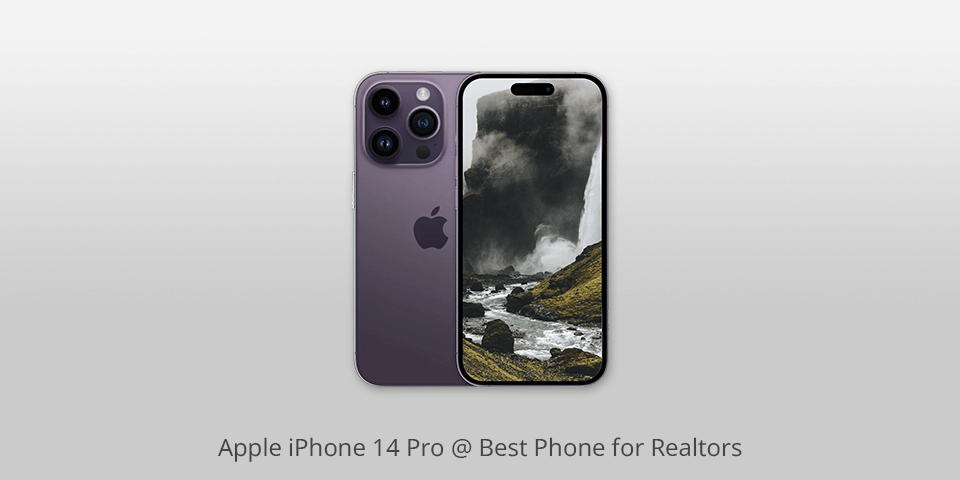
Memory storage capacity: 128/256GB | RAM: 6GB | Display resolution: 2556 x 1179 | Camera: 48MP
With its large 6.1-inch Super Retina OLED display, improved front camera, and powerful A16 processor, you can capture stunning photos of your listings and edit them on the go using the best camera apps for iPhone.
The Adaptive True Tone display can reach up to 2,000 nits, making it brighter than ever, while the 120Hz adaptive “ProMotion” refresh rate ensures smooth scrolling and video playback.
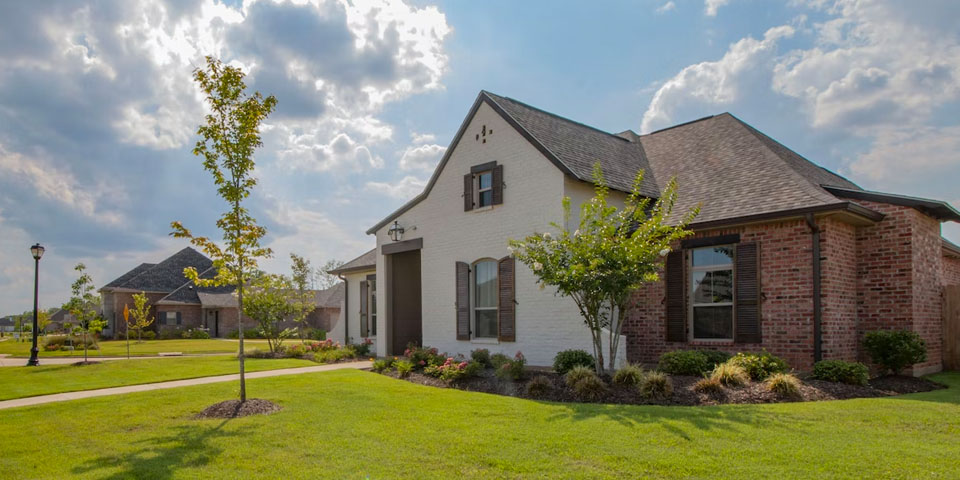
Photo taken with Apple iPhone 14 Pro
One of the standout features of this phone for realtor is Dynamic Island, an interactive area around the Face ID camera and Touch ID sensor that turns notifications into more readable information.
However, there are a few disadvantages to consider. The iPhone 14 Pro is quite expensive, and it may not be worth the investment if you don’t need all of its advanced features.
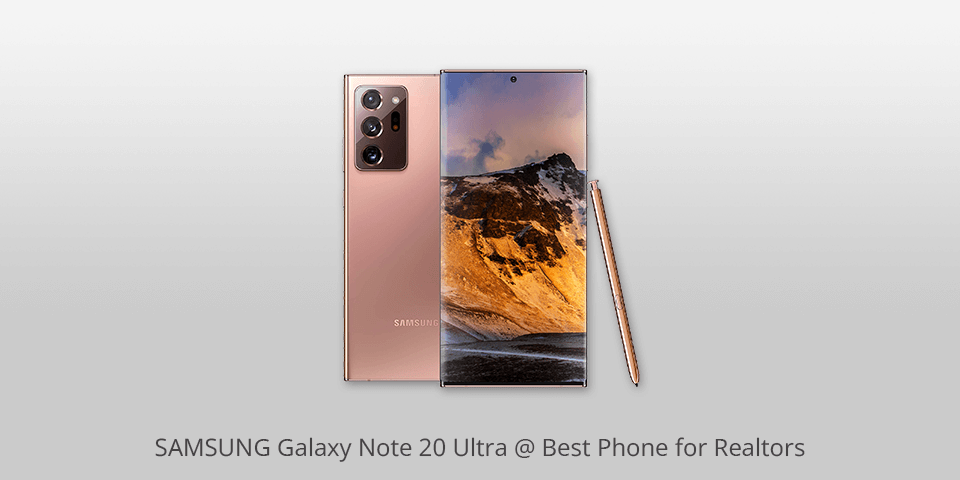
Memory storage capacity: 128/256/512GB | RAM: 12GB | Display resolution: 3088 x 1440 | Camera: 108MP
The Galaxy Note 20 Ultra is a large phablet with a 6.9-inch display and an impressive 120Hz variable refresh rate screen. It also offers a faster, more fluid S Pen stylus and a better camera.
With this phone for realtors, you’ll have a much easier time creating documents, messaging your clients, drafting emails, and handling all necessary tasks in real estate CRM software.
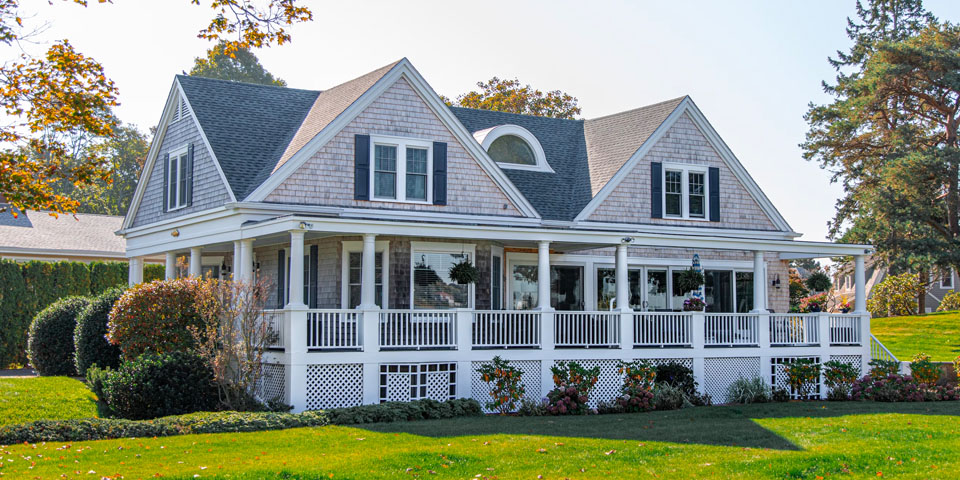
Photo taken with SAMSUNG Galaxy Note 20 Ultra
The primary camera is exceptional at 108 megapixels, and it can take stunning photos in low-light conditions. Plus, it has a 5x optical zoom camera that takes sharp and clear images in bright light. It’s a great option for those who like to take lots of photos.
However, there are some disadvantages to the phone. In terms of battery life, the Galaxy Note 20 Ultra lasts for one moderate usage day with only one SIM card and running at 4K resolution. But it can drain its 4,500mAh battery quite quickly in high-resolution settings, and it doesn’t last very long with the 120Hz variable refresh rate OLED display mode on.
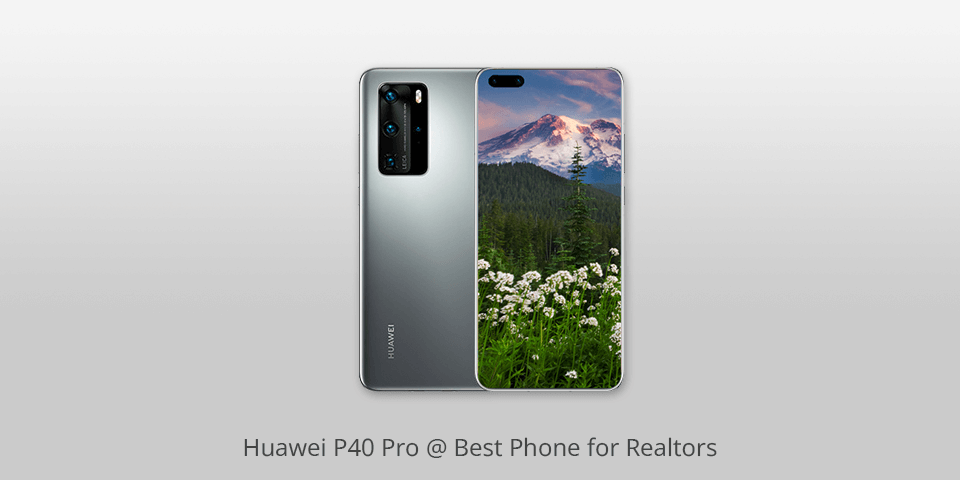
Memory storage capacity: 128/256/512GB | RAM: 8GB | Display resolution: 1200 x 2640 | Camera: 40MP
The P40 Pro has a beautiful design and boasts a large curved OLED display, which makes it a pleasure to use. It also has a top-of-the-line Kirin 990 chipset and 8GB of RAM, which means it’s fast and can handle multiple tasks at once, for example, real estate photo editing and messaging your clients.
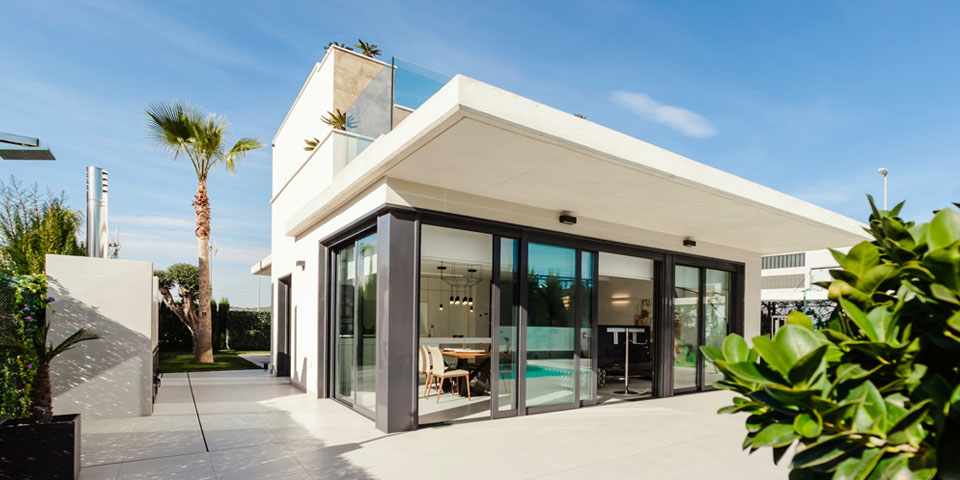
Photo taken with Huawei P40 Pro
With a 50MP primary camera and a 40MP ultra-wide sensor, the P40 Pro takes amazing photos and videos. It is a great phone for real estate agent professionals who frequently use high-performance demanding Photoshop apps for enhancing their property photos.
However, there are some problems with the phone that realtors should be aware of. The App Gallery that Huawei provides instead is not as wide-ranging, which can be a problem for those in the West who rely on certain apps.
Some apps in the App Gallery also require Google services, which means they won’t work unless you have access to them. This can be a real headache for realtors who rely on certain apps for their work.
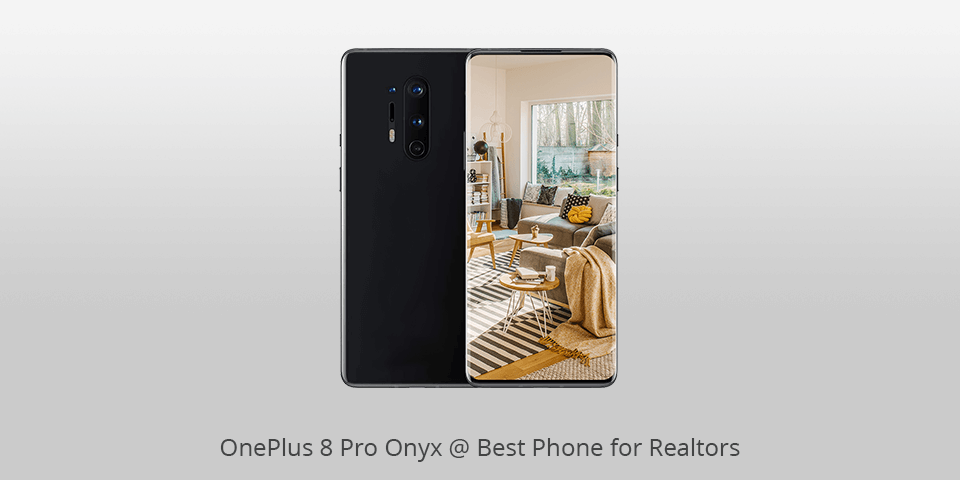
Memory storage capacity: 256GB | RAM: 12GB | Display resolution: 2560 x 1440 | Camera: 48MP
The OnePlus 8 Pro Onyx is arguably the best phone for realtors because of its high-resolution screen, impressive performance, and great built-in chipset.
Its display has a QHD resolution and offers HDR10+ support, which allows you to enjoy brighter and more vibrant colors, which are particularly important for quality real estate photography that has to look visually appealing and realistic at the same time.
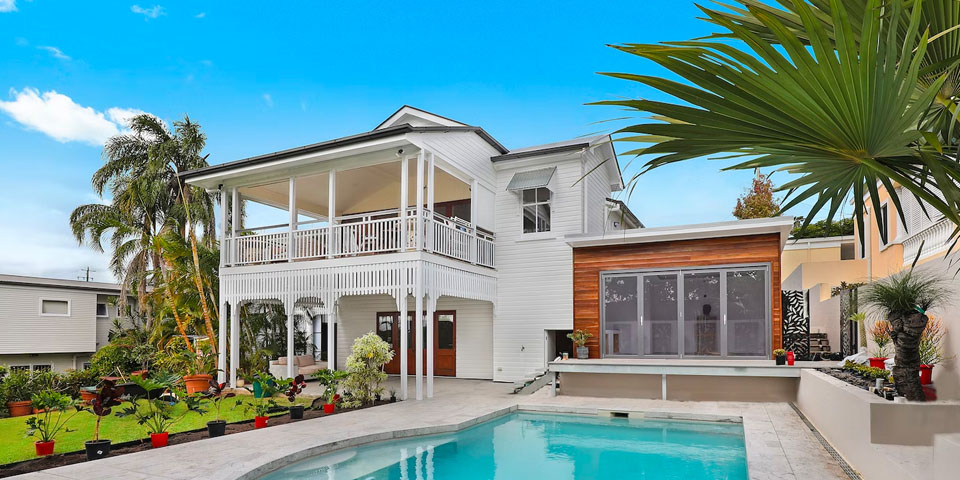
Photo taken with OnePlus 8 Pro Onyx
Thanks to the provided 120Hz refresh rate all the real estate smartphone photos and virtual tours you produce will look smooth and clear. Lastly, the fast recharge feature doesn’t limit your phone usage and allows you to stay in contact with your clients at all times.
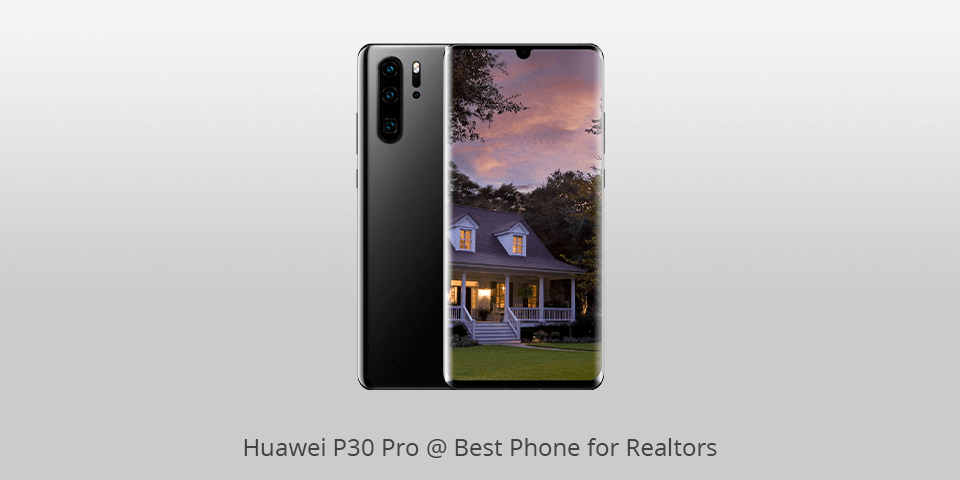
Memory storage capacity: 128GB | RAM: 8GB | Display resolution: 1080 x 2340 | Camera: 40MP
This Huawei smartphone is a great option for realtors who often use resource-intense real estate photography software as well as various photography business apps since it has a lot of memory and a powerful Kirin 980 CPU.
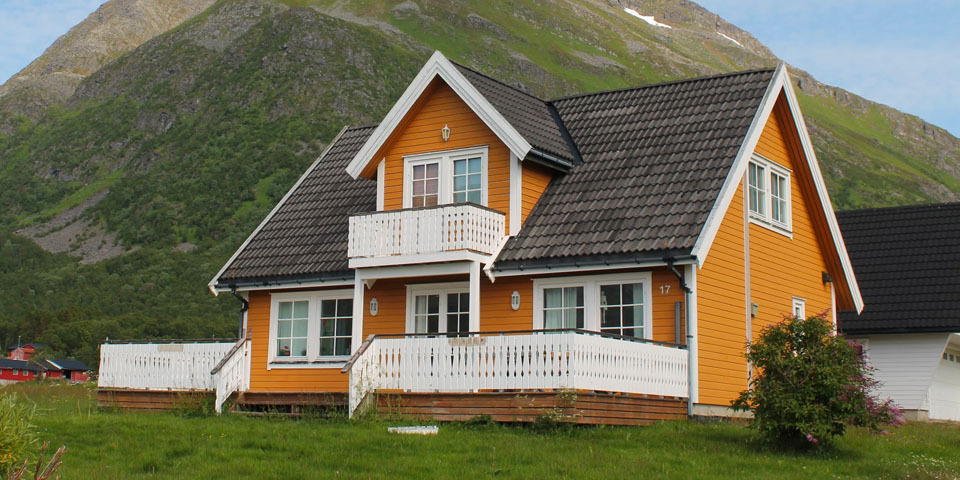
Photo taken with Huawei P30 Pro
The screen is made of Corning Gorilla Glass, which makes it significantly more scratch and collision resistant than your average smartphone. Meanwhile, its 40MP phone camera excels at taking professional-level interior and exterior photos to showcase your properties in the most appealing way possible.
| IMAGE | NAME | FEATURES | |
|---|---|---|---|

|
Apple iPhone 14 Pro
OUR CHOICE
|
CHECK PRICE → | |

|
SAMSUNG Galaxy Note 20 Ultra
WITH 5G
|
CHECK PRICE → | |

|
Huawei P40 Pro
COMPACT
|
CHECK PRICE → |
If you want to choose the best phone for realtors, you first have to determine your business goals and what kind of tasks you want to handle using your smartphone, for example, real estate video editing or/and virtual staging.
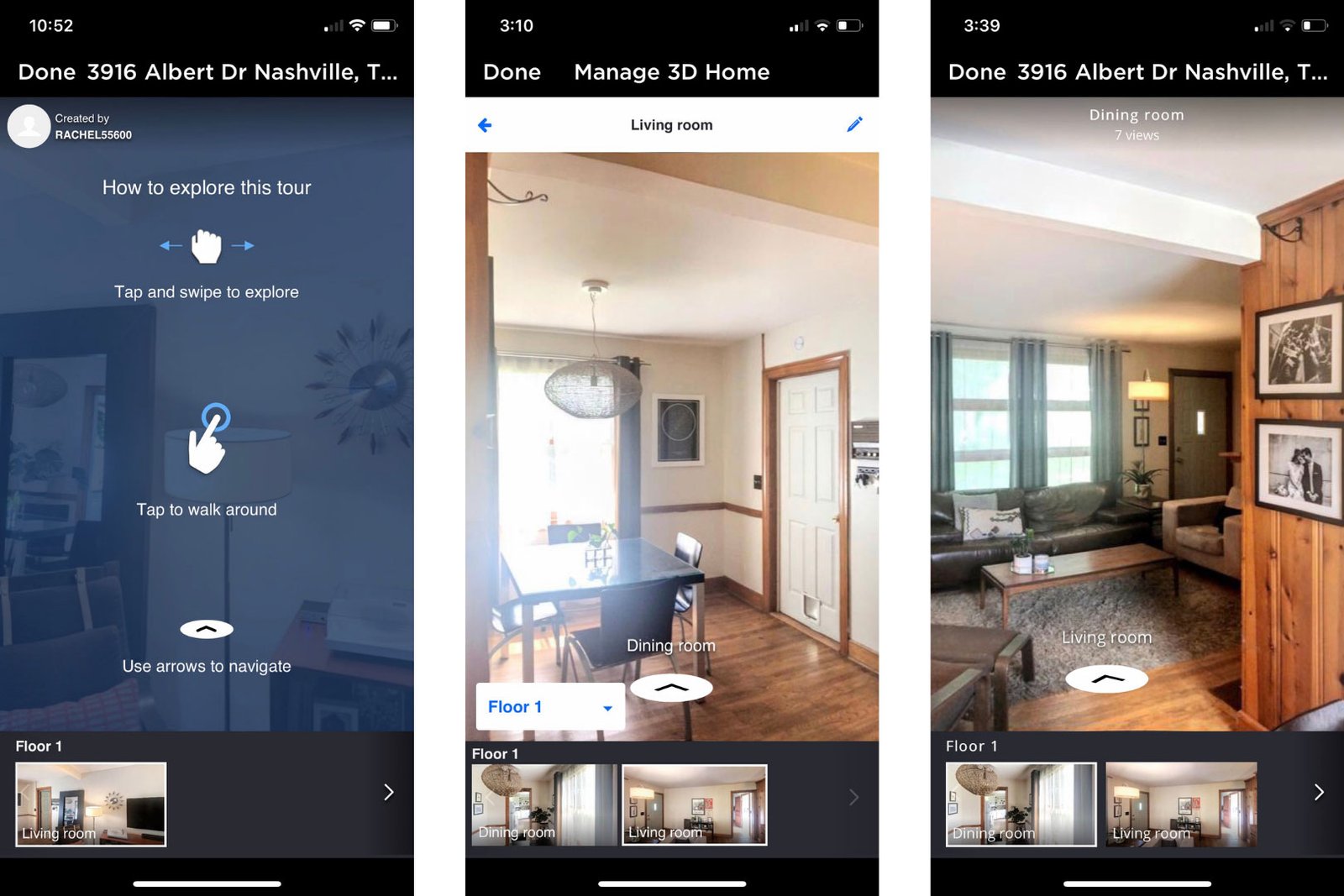
Productivity – feature packed. Examine the provided productivity functionality. Possible handy inclusions are stylus support, multitasking capability, compatibility with third-party accessories like Bluetooth keyboards, etc.
If you want to create voiceovers for your virtual tours, make sure the model you choose is compatible with popular smartphone microphones.
Processing power – 8-core CPU. If you plan to run several apps at the same time, you have to buy a smartphone with a lot of processing power. Photo editing apps for Android and more specialized applications for 3D real estate photography need an 8-core CPU to run smoothly since such a processor can be divided into 3.
The majority of business-grade phones are supplied with high-end chipsets, meaning you won’t need to suffer from delayed response times or freezing applications.

Camera – preferably 40MP. Nearly all modern smartphones come with at least a pair of front-facing cameras. Premium models let you use a broad selection of cameras with various capabilities, while more budget-friendly phones usually provide one super wide-angle or telephoto camera.
I suggest picking a camera that has a resolution of 40MP or more since only then you'll be able to provide the quality level required for commercial real estate photography. If required, it’s possible to boost the phone camera’s capacity by employing a phone camera lens.
RAM – 8GB at least. RAM determines how good your phone for work will be at multitasking. I recommend getting a model with at least 4GB or 8GB of RAM, although 12GB would be even better. Specialized tools, resource-demanding industry-related applications, and creative apps demand a lot more RAM than regular social media for real estate platforms like Facebook or Instagram.
Storage – at least 128GB. It’s wise to only consider smartphones that have at least 128GB of built-in storage since photos taken with high-resolution cameras and various powerful apps can fill up your memory quicker than ever.
I suggest investing in a phone that has 256GB or even 512GB to make sure you don’t have to worry about storage for a while. If you need even more memory than that, consider picking a model that comes with Micro SD card slots, which allow you to significantly increase the maximum storage space your phone has to offer.
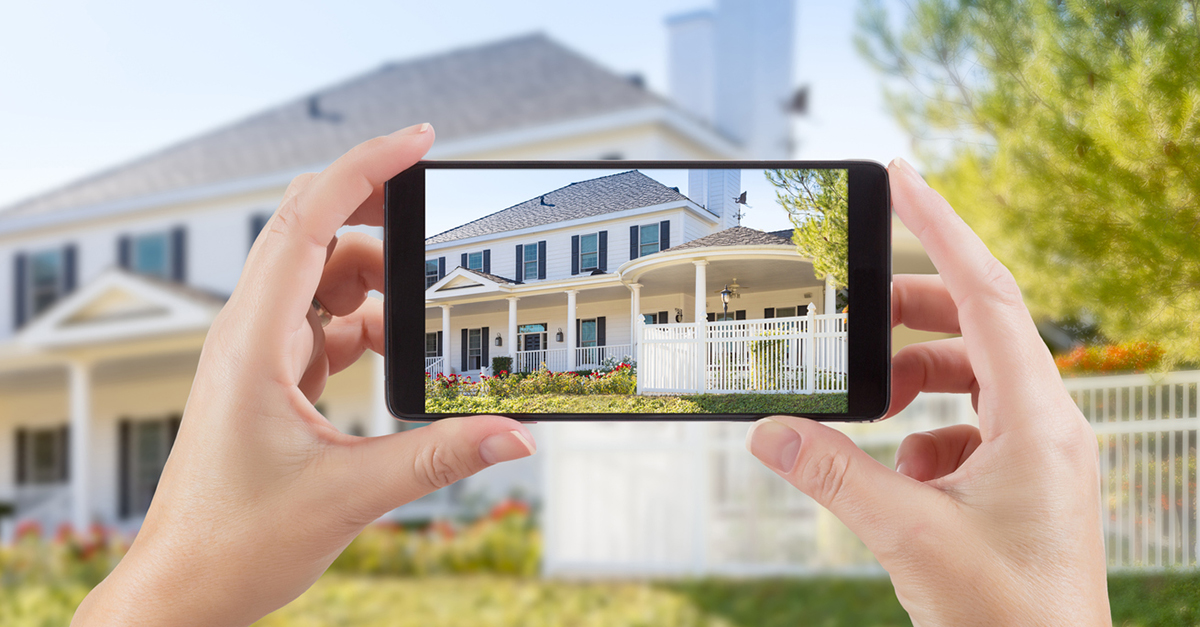
Display quality – 600 nits. Give preference to screens that offer a Full-HD resolution or higher as well as good brightness levels. Aim for around 600nit, although 1000nit models are preferable. Additionally, if you can afford to do so, I suggest getting a smartphone with a 4K resolution to ensure your user experience is as enjoyable as possible.